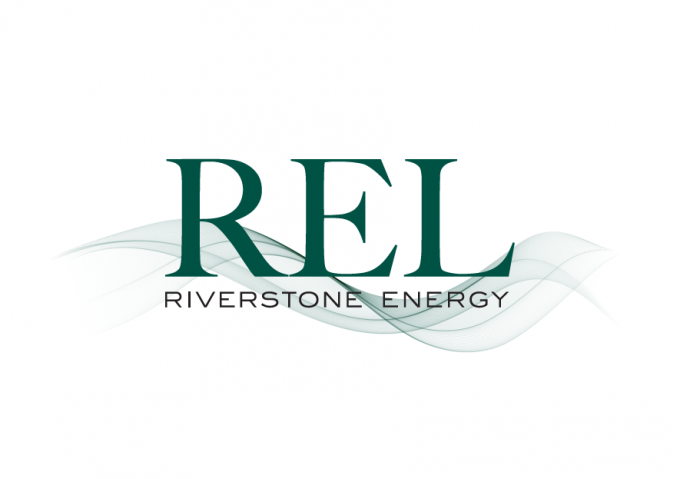Riverstone Energy (RSE) has published its annual results for the 12 months ended 31 December 2024. Both sectors of the portfolio saw drops in 2024. The conventional assets decreased in value by US$31m or 12%, and the decarbonisation portfolio decreased in value by US$50m or 44% These downturns in portfolio NAV resulted in a reduction in NAV per share of 12%, which was partially offset by an increase in NAV per share of 5% resulting from the Tender Offer and the Share Buyback Programme. In total, NAV per share decreased by 7% to US$14.83 per share (or 6% to £11.81 per share) while the overall impact to total portfolio NAV of the investment declines and the Tender Offer saw a decrease of 44% to US$375.8m.
Portfolio activity
In September 2024, REL’s portfolio company Permian Resources (PR) closed the previously announced Barilla Draw bolt-on acquisition of approximately 29,500 net acres, 9,900 net royalty acres and substantial midstream infrastructure located in the core of the Delaware Basin. Alongside this, PR delivered its first quarterly base dividend under its new capital returns policy, which represented a 150% increase compared to its prior base dividend and provided a strong base dividend yield compared to other US independent E&Ps.
Within the conventional asset portfolio, REL continued to benefit from distributions from its portfolio companies. Permian Resources announced an increase to its quarterly base dividend from $0.06 per share to $0.15 per share, while Veren declared a CAD 0.115 per share quarterly base dividend.
In the decarbonisation portfolio, Exicom Tele-systems Limited, India’s largest EV manufacturer, announced that it would acquire the business and assets of REL portfolio company, Tritium DCFC. Based on the terms of the agreement, REL does not expect to receive any further proceeds from its loan investment in Tritium, and US$10.6m was further written down in 2024.
RSE’s manager says that the portfolio “remains well diversified across the key industries that are critical to the world’s decarbonisation and energy needs”. It cites Infinitum as being among 14 companies selected by the US Department of Energy’s Office of Manufacturing and Energy Supply Chains (MESC) to negotiate funding for projects that accelerate domestic clean energy manufacturing in de-commissioned coal communities and address critical energy supply chain vulnerabilities.
Performance
Although the conventional energy assets benefitted from a broadly positive year for the sector, supported by increased consolidation, solid cash flow generation and supportive underlying commodity prices, the assets experienced a fall in unrealised value. The conventional portfolio, which now consists of three active investments, saw a combined decrease in value of US$31m or -12%. Overall, the conventional asset portfolio saw a Gross MOIC of 1.26x at 31 December 2024. The value of the conventional portfolio is now US$234m /£186m, accounting now for 79% of the unrealised value in the portfolio overall.
The decarbonisation portfolio declined in value as the sector continued to be affected by higher supply chain costs, increased interest rates, lower risk appetite from investors and administrative foundering. This equates to a reduction in value of $50m or £40m. This included write-offs of the following companies: T-Rex Group, DCRN/Tritium DCFC, Our Next Energy (ONE), FreeWire, Ionic I & II, and Enviva, totalling US$38.1m of value. While the write of six companies does not sound encouraging, SRE’s manager says that, for the remaining decarbonisation portfolio, it is optimistic over the medium term, adding that current investment trends in the sector remain positive, with the IEA reporting that two-thirds of total investment in new energy generation assets (US$2 trillion out of US$3 trillion) was made in clean energy in the full-year 2024.
Outlook
Looking ahead, the manager says that the portfolio is positioned for further gains and distributions in 2025 as the conventional portfolio assets continue to benefit from solid cash flow generation, low to no leverage, and supportive underlying commodity prices with potential support from a likely beneficial regulatory environment in the US. It adds that the portfolio is a diversified one, but is more heavily weighted towards conventional assets, its which will help lessen the impacts to decarbonisation businesses.
Macro-economic uncertainty is expected to continue in 2025, compounded by the arrival of a new US administration with a radically different set of energy policy priorities. The new US administration’s plans include prioritising expanded US drilling, renewed focus around natural gas exports, and rolling back climate commitments and clean energy incentives, all of which have positive and negative downstream effects on the portfolio. Despite this, there are signs that the development of decarbonisation technologies and renewable energy assets will continue to be a priority for governments and investors as the world strives to achieve a sustainable power mix of conventional and renewable energy sources.
The manager notes that 2024 was another very active year for the energy markets in both the conventional and the low carbon energy sectors as demand growth highlighted that the world will continue to need all forms of energy for many years to come. At the same time geopolitical uncertainty, notably the conflicts in Ukraine and the Middle East, continued to impact oil prices and kept energy security at the top of the agenda.
